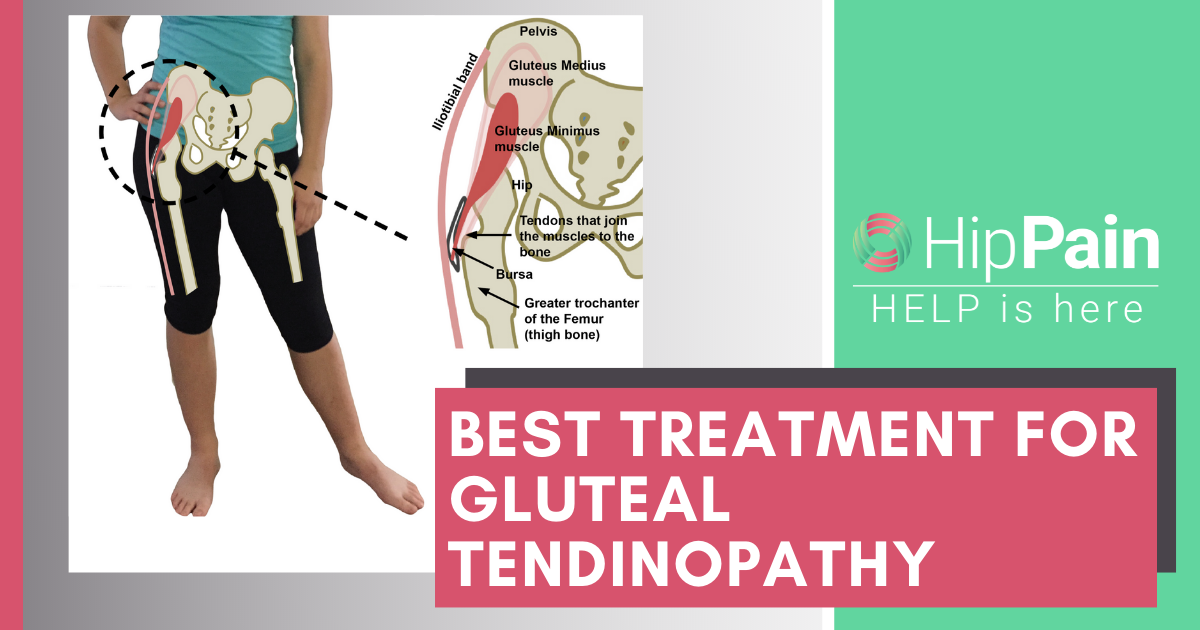For me. The questions that I would like to see answered before making the decision to go ahead with a total hip joint replacement is to see that my patient is experiencing significant pain, so pain to the level which is interfering with functional pursuits, that has been persistent for quite some time. It is not short-lived, it is not just a day or a week, it is something that has been present for some period of time, that is not adequately responsive to non-surgical therapies, that they’ve had a good trial of non-operative management that has been appropriate to their condition and also that they have got fairly established wear on the imaging modalities.
So once I think that we have satisfied those criteria, then I think that the outcome for the hip is quite predictable at the point. So we can predict that the patient is going to have ongoing symptoms into the future. And then the question becomes, have the symptoms come to the point where they have crossed that line in the sand where they are no longer happy with their function. And once they have crossed that line, it then becomes a relatively easy question because it is not a question of IF they need something it is a matter of WHEN. And so we’re now just looking towards a window of opportunity where its more convientinet for them to have it done in terms of their work, their family, holidays, and things like that
AG: In terms of that trial of non-surgical treatment, how long would you expect someone to give that a go for before you decide its probably time for surgery?
PW: Yes, so as a specialist, most people have come to me having tried non-surgical therapy for quite some time. So they’ve tried simple measures, over the counter preparations, physical conditioning, they have seen other clinicians. So they have been to their general practitioner and received advice already, often for quite a long period of time. Often they’ve also seen physical therapists, they have had some form of exercise prescription, some form of advice with respect to conditioning programs about their hip, and they’ve been trialing some form of pharmaceutical management, sometimes even injectable therapies. Or they have had other sorts of therapy under other clinicians, for example, arthroscopic interventions of the hip, or whatever that would be. Yes, so for me, I would like to be able to see that the person has had a good shot at being able to improve their symptoms with those measures.
So generally speaking I would like to be able to establish that they have really committed to the process of non-surgical therapy well, rather than giving it a half-hearted go because there’s no doubt that non-surgical management for osteoarthritic hips works. It may have some limitations in terms of the very arthritic hip, or the person who’s got very advanced disease, those people who have got some conditions that may be less responsive, but theres no doubt that you can improve people’s symptoms with non-surgical therapy so long as it is appropriate and co-ordinated and the person is committed to it.
AG: So would you say 12 months of that sort of care before you would see them?
PW: So I think it depends on the degree of symptoms that they are experiencing. So I see osteoarthritis present to me as a specialist in 2 sorts of patterns.
The first pattern is where the person has arthritis for many many years and its been sort of mild symptoms, and they have know about it in the background, they have known about it for quite some time. Its not particularly intrusive, they have changed their lifestyle a little bit and they take tablets and therapies intermittently, and its really not been a problem. And slowly over time, over years and years, it has just slowly really started to build and its really predictable slow progress. And then they have got to that point in their lives where they say, listen, actually, now its a problem. So thats sort of a longer term process one where I think that thats really appropriate management.
I do though, then see a secondary group of people. This is where the person has had sub-clinical or non-symptomatic advanced osteoarthritis, who has gone for a very, very long period of time without knowing that they have advanced osteoarthiritc wear and then at some point in time, there might be a trigger, or there may not be. A trigger, and the hip has started to become very severely problematic very, very quickly. And they are the ones that are quite shocked. They are the ones that have been completely functional, they’ve been running, doing all physical sports or activities and had no symptoms. Perhaps in retrospect they have had a bit of a stiff hip, and maybe they have an occasional groin sprain once in a while, but actually they have not known that they have had a problem. And then they have a minor fall, or an injury where just out of the blue it starts to become painful, and its really bad. So in those patients, they are sort of a different group. Because of the degree and level of dysfunction that they have got and the degree of arthritic wear that they have got, you might council them towards going towards joint replacement maybe sooner. You would still give them a trial of non-conservative therapy because it may be just a symptomatic exacerbation that you can get on top of, and get them back to their previous state. But if they are remaining persistently problematic, and they have had a couple of months of symptoms, which is relatively a short period, then I think its very justifiable to think about proceeding to hip joint replacement, in the knowledge that once the symptoms have been persistently problematic, its predictable that the symptoms are not going to go away by them-self.
AG: Something else that we sometimes notice, or that our patients sometimes report to us is as they advance through that process, that night time pain becomes a problem. Is that something that is worth taking note of?
PW: Yes, so the primary pain symptoms that I would see with an arthritic joint is groin pain, so its mid inguinal pain (pain at the front of the hip/groin) that is exacerbated with impact pursuits, deeper flexion activities (positions where the hip is bent more towards the chest,) things like that.
As the degree of arthritic wear progresses then you start to see a couple of features. One is that you will start to see referred pain. So referred pain I would seldomly see, for example, in a case like an isolated labral tear, or small area of chondral damage, which pretty much localise themselves to the primary site of pain which is in the groin. Referred pain – the common distribution would be the thigh, knee, in fact outside of shin is really common, and occasionally in the buttock – is more a feature of more advanced arthritic wear. And so thats sort of a feature that I would use to say that this persons degree of disease has progressed to a certain level.
And the same would be said for night pain. So pain at night at rest, is a feature of more advanced arthritic wear. You can get it with more isolated small cartilage tears, but if its waking the person at night and its mid-inguinal in nature (pain at the front of the hip/groin) and they have got advanced arthritic wear, then that is usually a feature that has gone to that next level. Night pain, you do have to be careful in assessing a patient with night pain because the other common cause of night time pain, is Gluteal Tendinopathy were the patient will role and lie on that side and the direct pressure on the lateral aspect of the hip will exacerbate those symptoms, so I think it is important to be able to differentiate that. So asking the patient to localise their night pain is an important feature as well.
AG: The other feature that may, or now, may not be relevant, is age. What would you say is an appropriate age range for total hip replacement surgery.
PW: Yes, so this space has changed a lot probably in the last 15-20 years. As our joint replacement technologies become more refined and in particular the bearing surfaces become more and more durable, we are becoming more comfortable, in the hip at least, to do joint replacements in younger patients. The concern with doing joint replacements in younger patients is the prospect of failure within their lifespan. So for instance, if I am seeing a patient who. is a little bit more elderly, given the longevity and the track record that we are seeing with joint replacement technologies, we can, in many cases, be very confident that the replacements will likely last them the rest of their lives.
That still can not be said necessarily for your very young patient cohort. So there is always a discussion that I would have with my very young cohort about the prospect of potential revision (having to redo the surgery down the line). Now, having said that, the bearing in the hip replacements are so resistant that we are not in an era where we would say that the joint has a number of kilometres left in it, and if. you are young you are certainly going to wear through that bearing. So, for me, I don’t really have lower or upper cut off ages.
The question really relates to the level of symptoms. For instance we may be more proactive in the non surgical space in our younger population group, in the context that we would ike to buy them a little extra time, get them to a slightly more advanced age before we do a joint replacement. But if we are faced with the prospect of a relatively young patient, but with advanced joint disease, who is. experiencing severe pain, which is substantially imparting their quality of life, then joint replacement is certainly a very good option.










